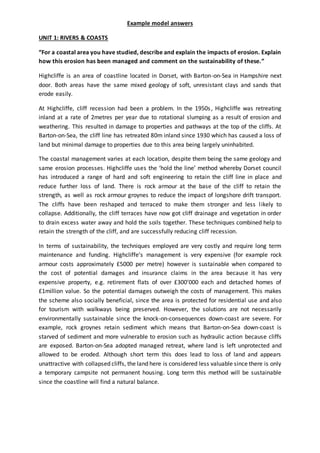This summarizes a document describing the 2010 eruption of the Eyjafjallajokull volcano in Iceland. It began by locating Iceland on the Mid-Atlantic Ridge where the Eurasian and North American tectonic plates are diverging. The causes of the eruption were explained as magma rising to the surface due to plate movement. The effects in Iceland were minor, but the ash cloud spread over Europe, grounding flights and costing airlines billions. Measures to manage volcanic hazards in Iceland focus on evacuations and monitoring, which helped minimize loss of life during this eruption.








